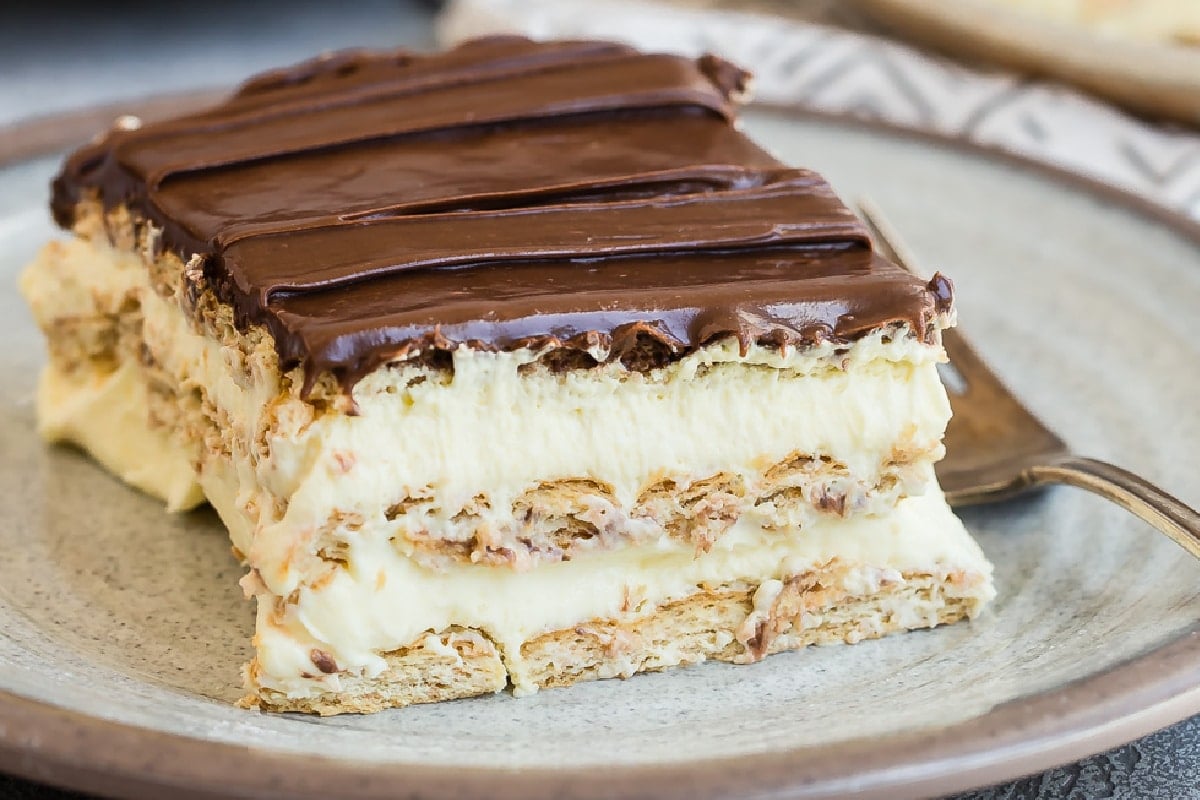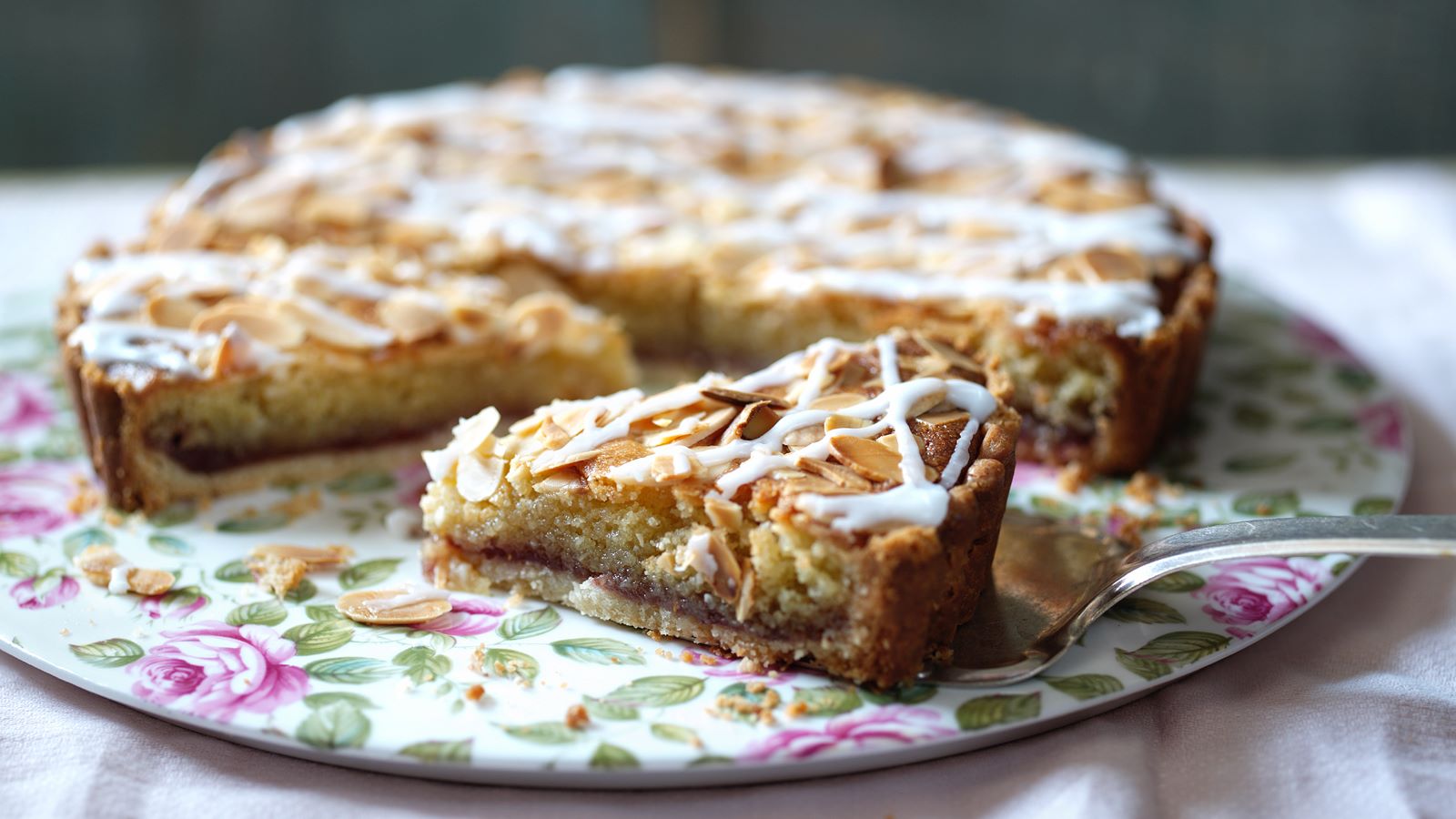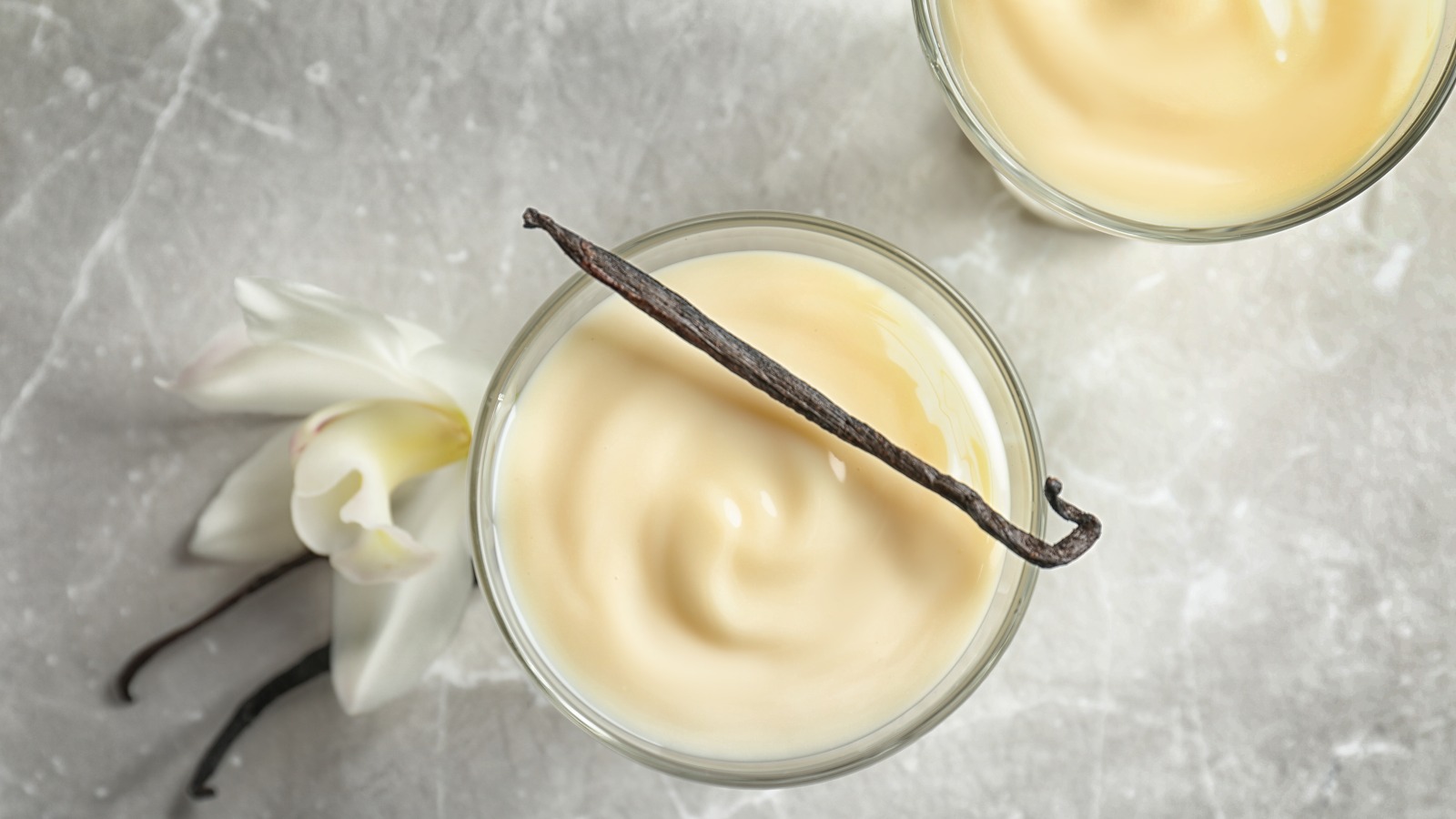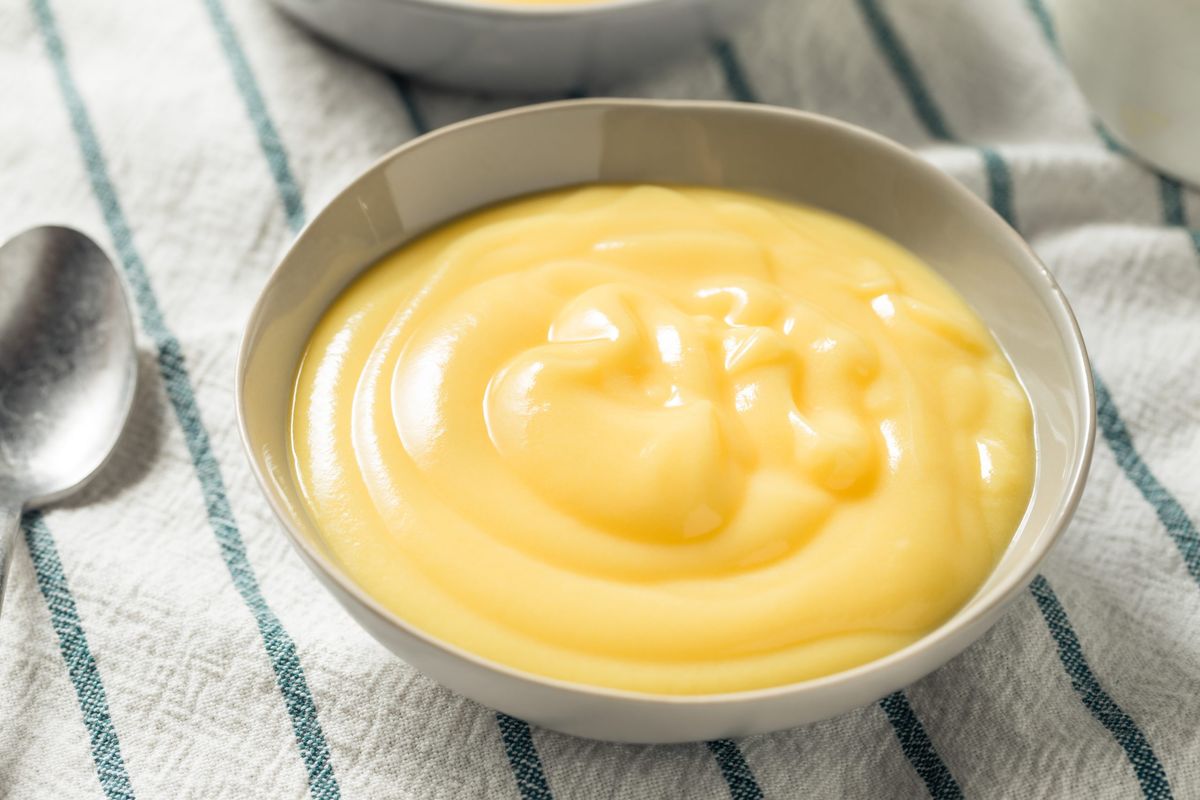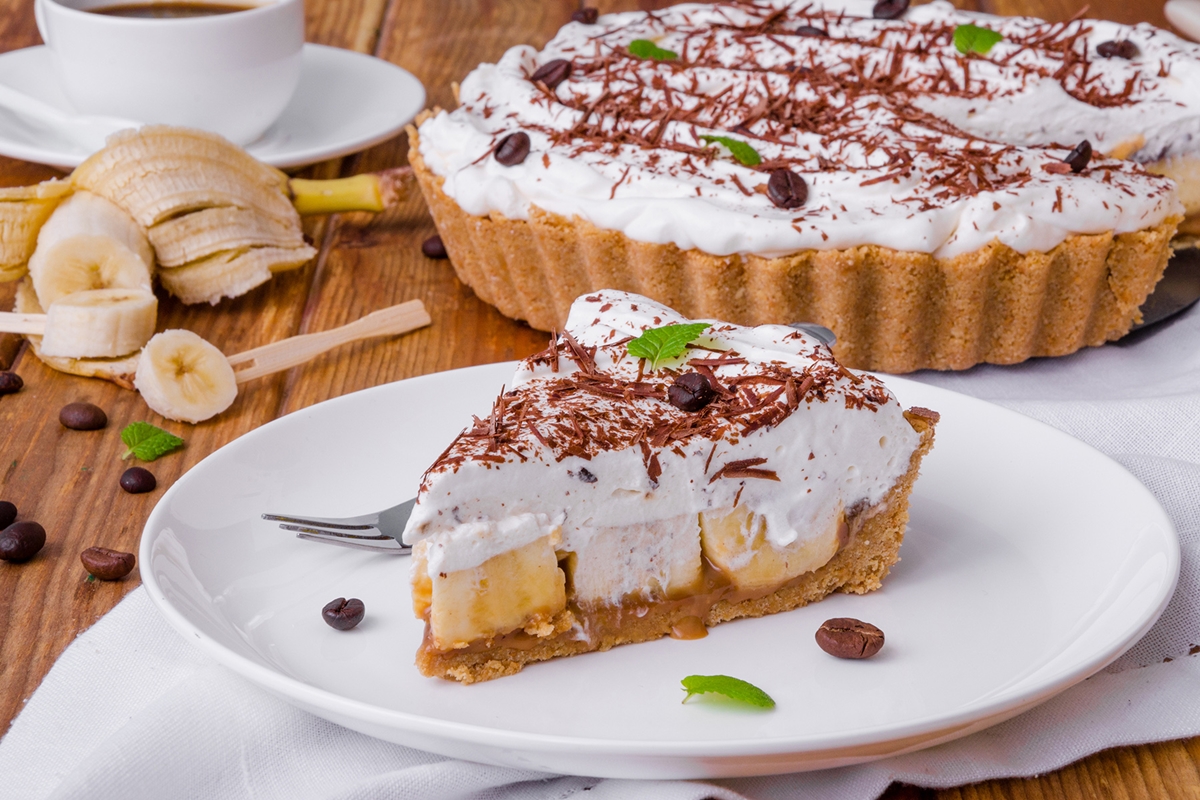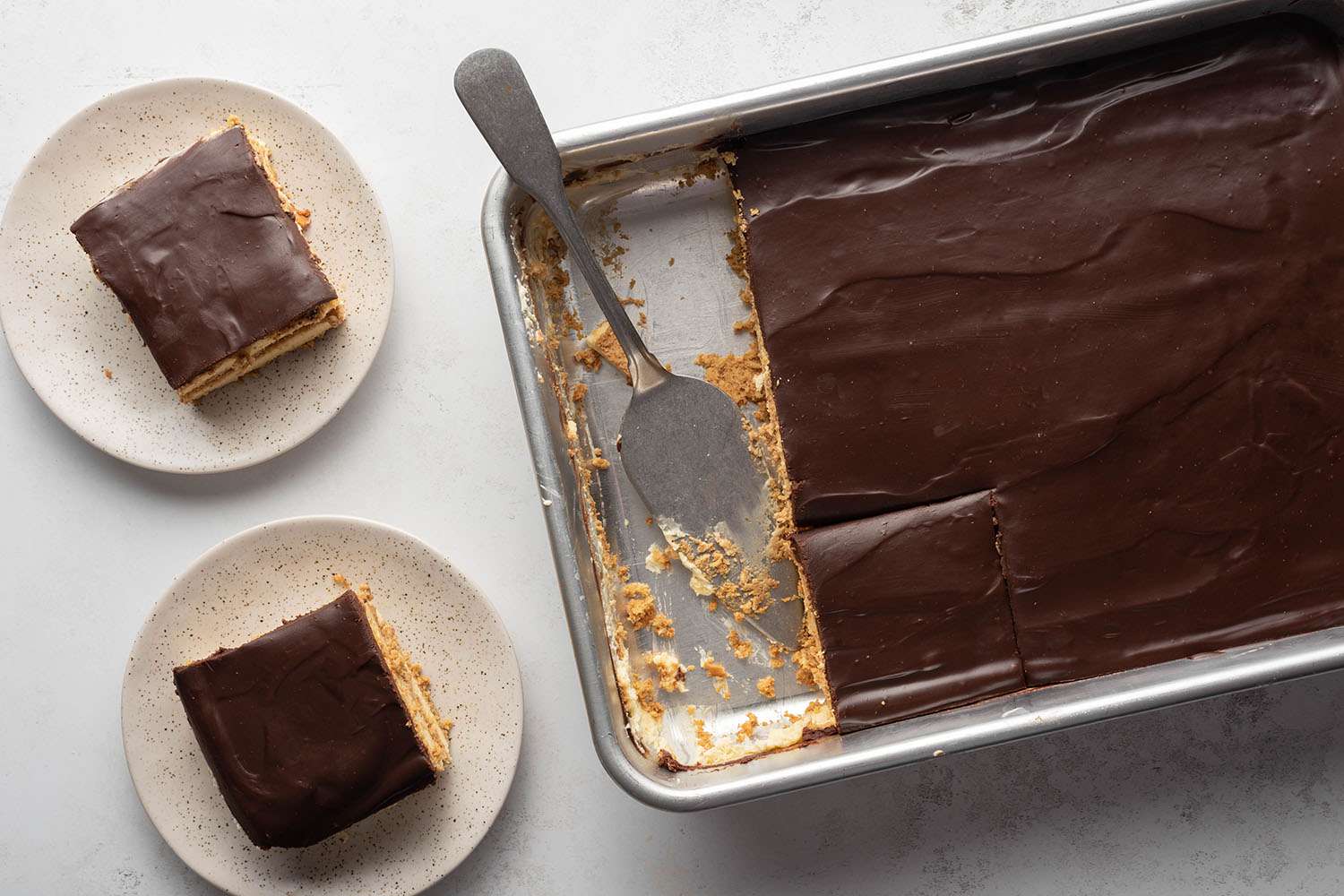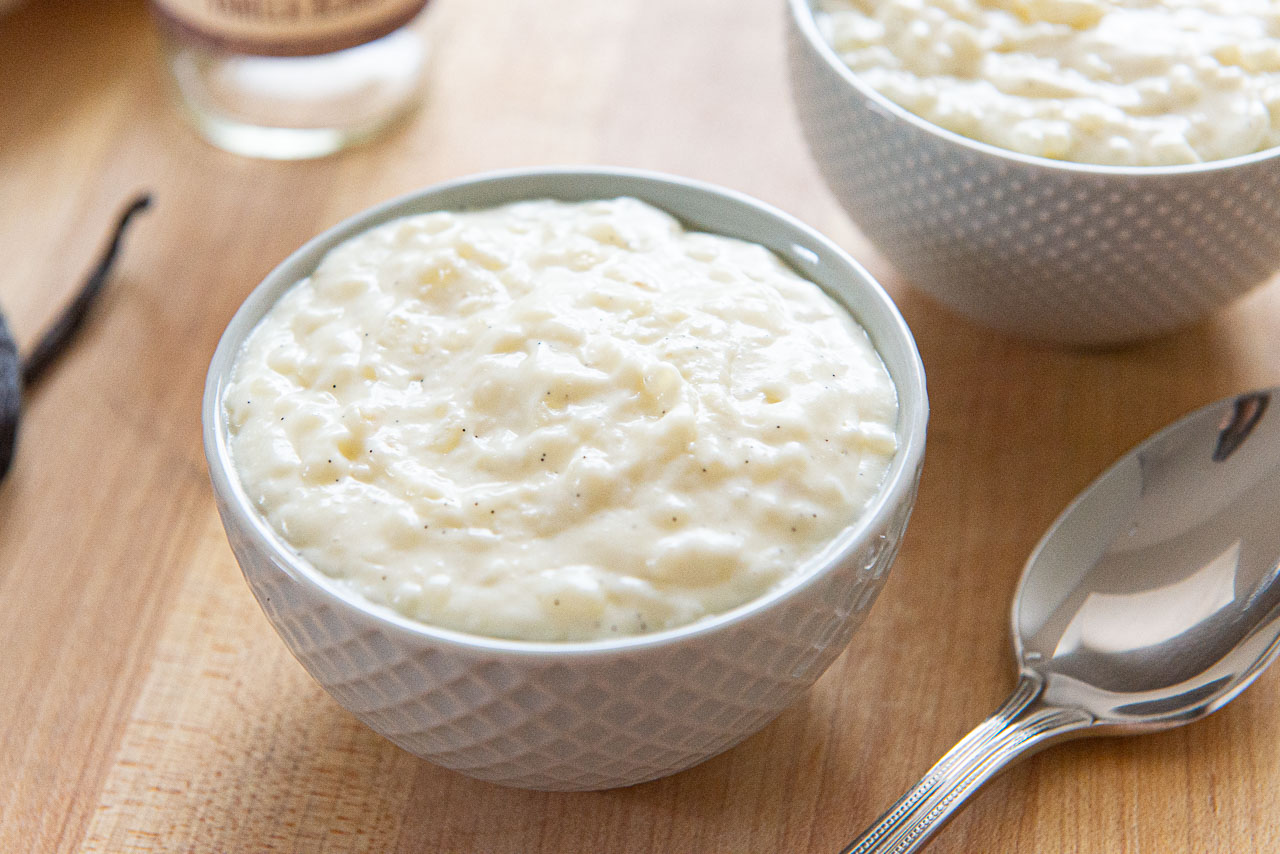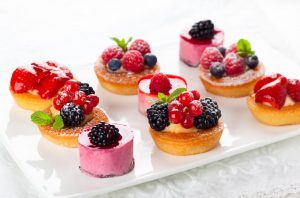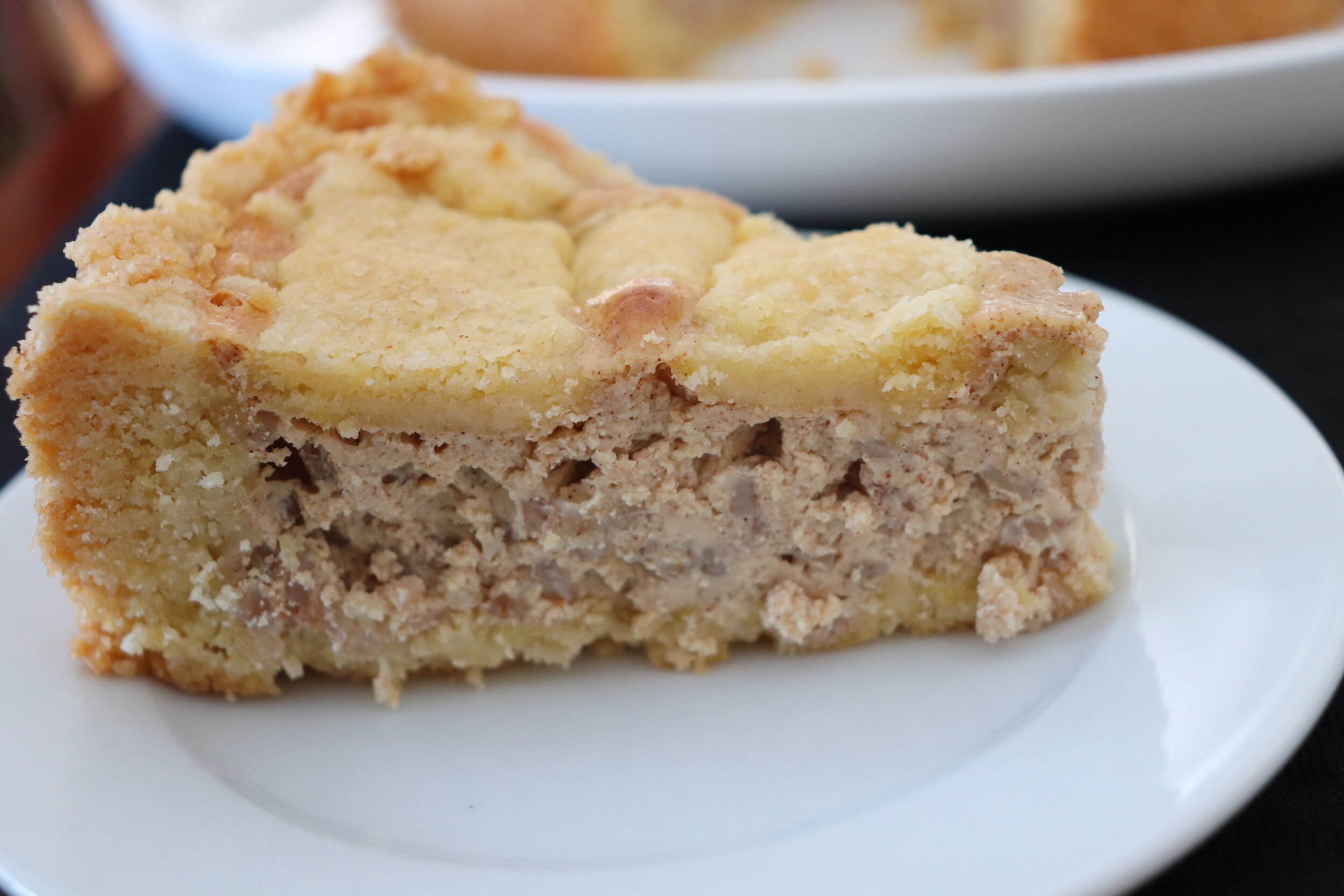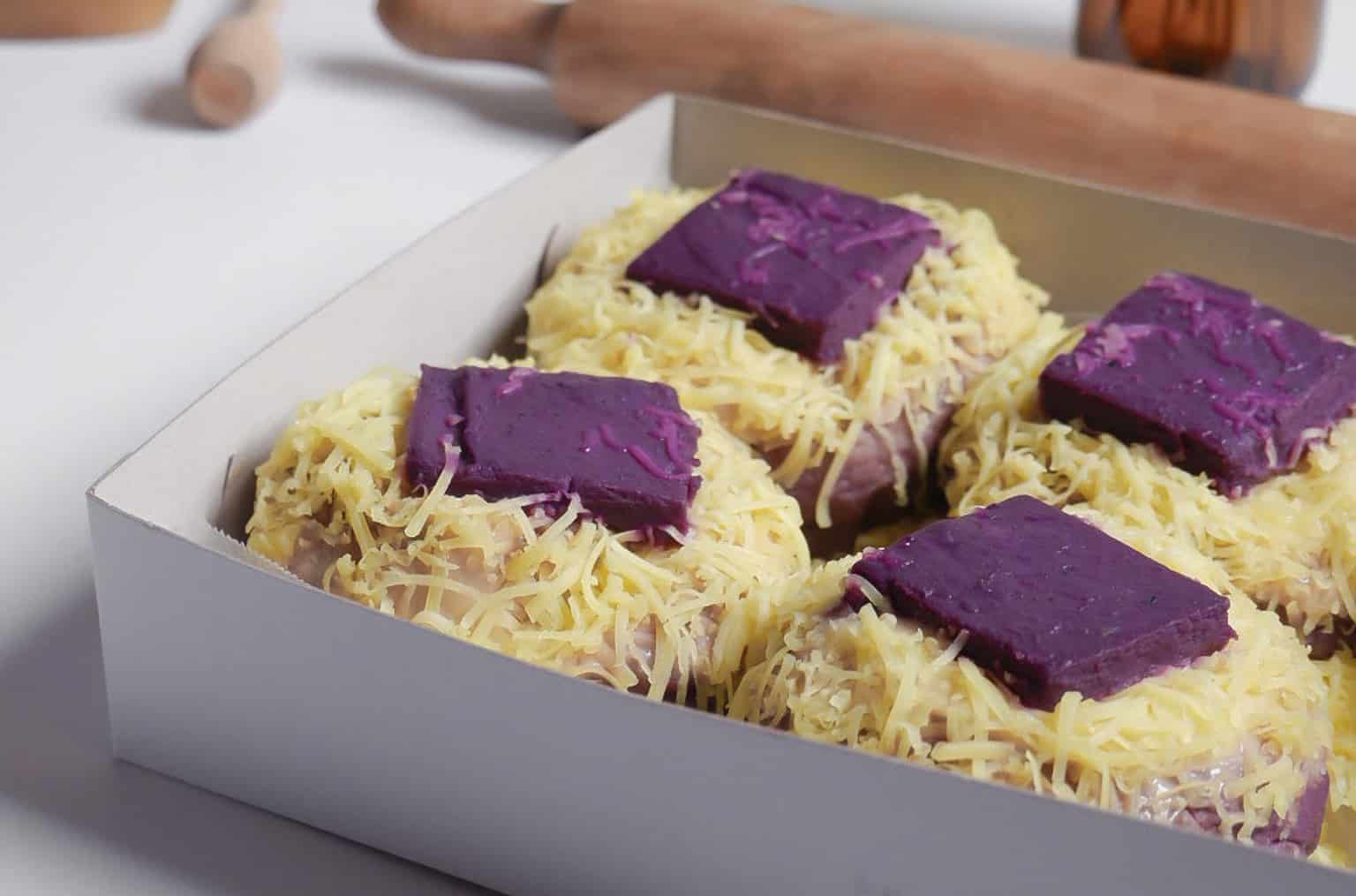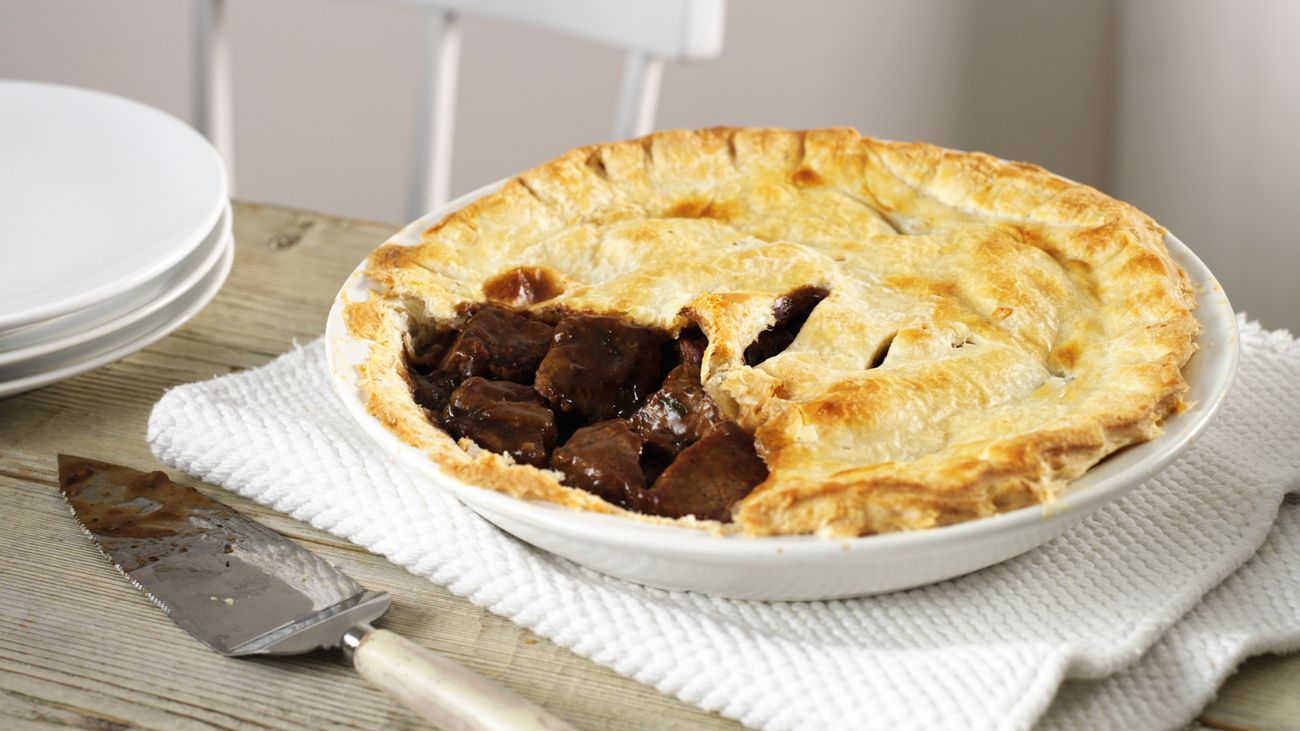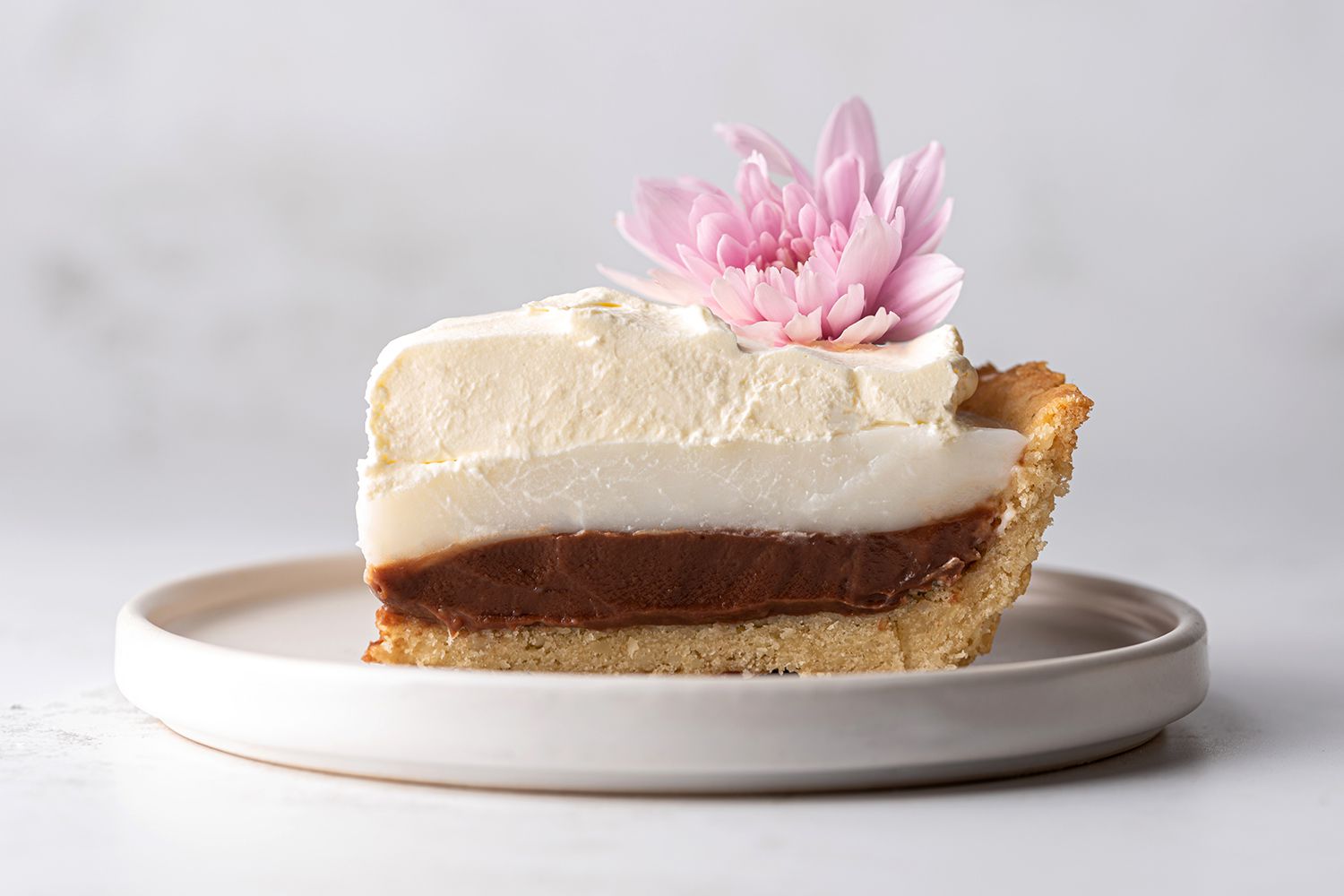From the Pastry Dungeon: Vanilla Pudding
Greetings, fellow dessert lovers! Today, we are delving into the depths of the pastry dungeon to uncover the delicious secrets of vanilla pudding. With its creamy texture and heavenly aroma, vanilla pudding is a classic treat that never fails to satisfy our sweet cravings. Join us on this flavorful journey as we explore the origins, ingredients, and irresistible variations of this beloved dessert.
1. A Brief History
Vanilla pudding has a rich history that dates back centuries. Its origins can be traced back to medieval Europe, where custards and puddings were popular among the noble class. Over time, recipes evolved, and different variations of pudding emerged in different cultures. Today, vanilla pudding is considered a timeless classic that transcends borders and captures the hearts of dessert enthusiasts worldwide.
2. Essential Ingredients
Like any culinary creation, vanilla pudding relies on its key ingredients to bring its distinctive flavor to life. Here are the essential components that make up this delightful dessert:
- Milk or Cream: The foundation of any pudding, milk or cream provides the rich and creamy texture that we all love.
- Sugar: Sweetness is a must in vanilla pudding. The right amount of sugar enhances the flavor and balances the overall taste.
- Egg yolks: These little wonders add a silky smoothness to the pudding and help thicken it to perfection.
- Vanilla extract: True to its name, vanilla pudding relies on the aromatic essence of vanilla to create its signature flavor profile. Be sure to use high-quality vanilla extract for the best results.
- Cornstarch or flour: These ingredients act as thickeners, giving the pudding its luscious consistency.
3. Variations to Savor
While traditional vanilla pudding is a delight on its own, there are a myriad of variations that allow you to put your own creative spin on this classic dessert. Here are a few mouthwatering ideas to tickle your taste buds:
- Banana Cream Pudding: Layer slices of fresh bananas between creamy vanilla pudding for a heavenly combination of flavors.
- Chocolate Chip Vanilla Pudding: Add a twist to your pudding by mixing in some chocolate chips. Every spoonful will be a delightful surprise!
- Coconut Vanilla Pudding: Infuse your pudding with the tropical taste of coconut by incorporating shredded coconut into the mix or topping your dessert with toasted coconut flakes.
- Strawberry Shortcake Pudding: Layer vanilla pudding, fresh strawberries, and crumbled shortbread cookies for a delectable twist on a classic dessert.
Whether you prefer your pudding plain and simple or enjoy experimenting with delightful variations, vanilla pudding never fails to captivate our taste buds and leave us craving more. The versatility of this dessert allows it to be a comforting dessert, an elegant treat, or a nostalgic indulgence.
So, the next time you find yourself in the mood for a dessert adventure, why not embark on a journey to the pastry dungeon and savor the delightful magic of vanilla pudding? Your taste buds will thank you!
